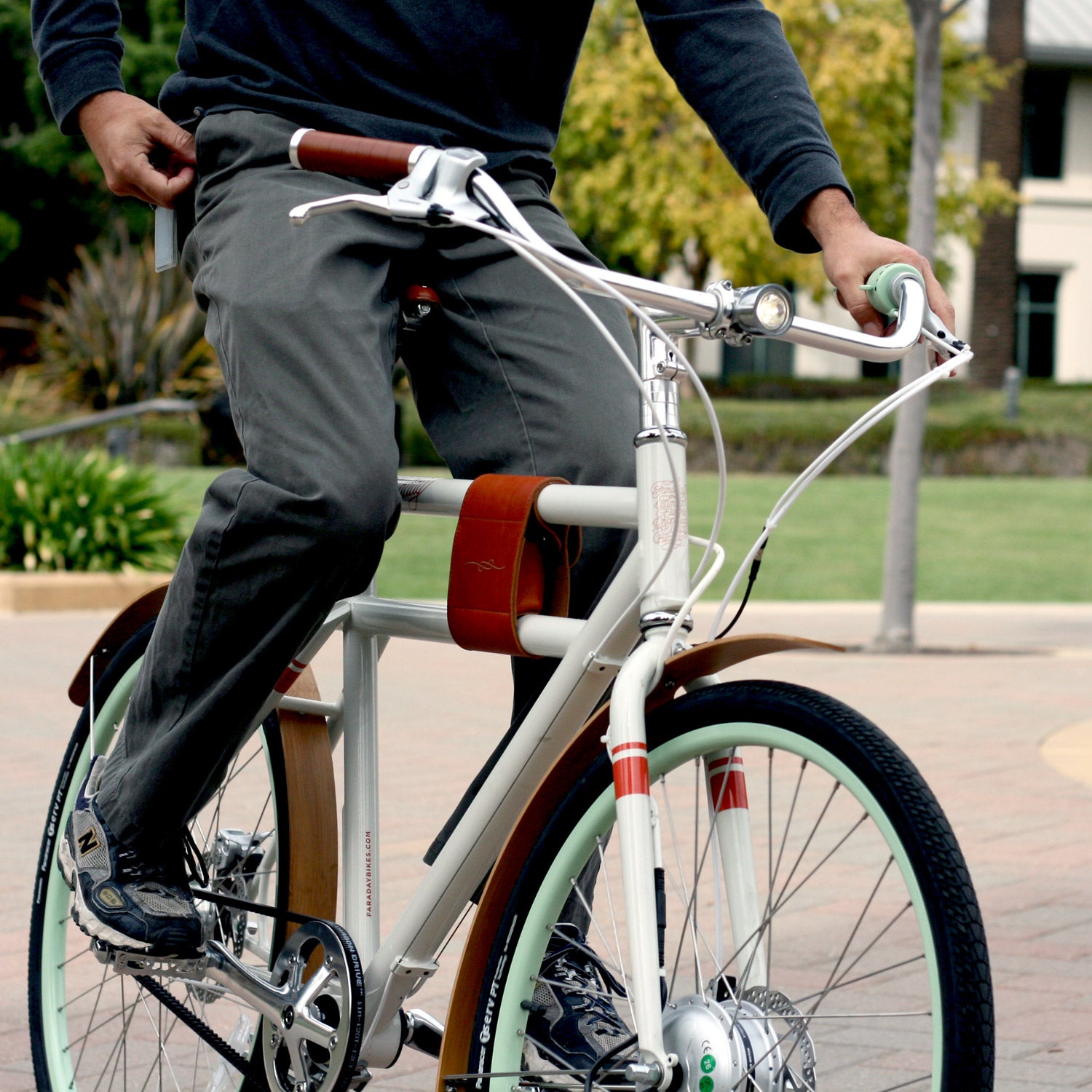Electric bicycles took a major step toward widespread recognition and acceptance earlier this month when California Governor Jerry Brown signed legislation that clarifies the regulation of e-bikes in America’s most populous state.
Reflecting the growing popularity of e-bikes and their technological progression, legally distinguishes electric bikes from mopeds, the umbrella they inadvertently fell under prior to this new bill. Mopeds are defined as vehicles with an automatic transmission, a motor that produces less than four horsepower, and a top speed of 30 mph, whereas an e-bike is now defined as a bicycle with an electric motor of less than 750 watts. The new legislation goes into effect January 1, 2016.
This is an important designation because before the law changed in California, it was one of where e-bikes were defined as motorized bicycles or mopeds, with required licensing and insurance, effectively making them illegal to ride. “The law in those places says that you need to register your e-bike. But no state has an office or system to register or provide a license for an e-bike, so it’s impossible,” says Morgan Lommele of People for Bikes, an organization that lobbied hard for the legislative change in California. The remaining states have favorable if not totally defined laws regarding e-bikes.
The California bill goes on to designate three classes of e-bikes: Class 1 bikes provide motor assistance only when the rider is pedaling and only up to 20 miles per hour; Class 2 bikes have throttles that can propel the bike even when not pedaling, but only up to 20 miles per hour; and Class 3 bikes provide assistance only when pedaling, with a top assist speed of 28 miles per hour. Under the new law, only lower-speed (Class 1 and 2) e-bikes will be allowed on bicycle paths.
Some mountain bikers worry that the legislation will also open up trails to eMTBs, but it does not. The bill applies only to bike paths, lanes, routes, and protected lands that are governed by the state’s vehicle code.
Since California is a bellwether for the rest of the country, e-bike advocates hope the legislation will lead the way for similar progressive transportation policies nationwide. “The U.S. bicycle industry is very pleased [with the new] law,” said Larry Pizzi of the Bicycle Product Suppliers Association, which lobbied for the legislation alongside People for Bikes and the California Bicycle Coalition. “We believe that these new regulations will serve as a model for many other states to follow.”
Policy aside, Lommele also hopes the legislation will clear the way for more Americans to get out and ride. “E-bikes make riding a bicycle for commuting and transportation easier and faster and using a bicycle for fun more available to everyone.”


